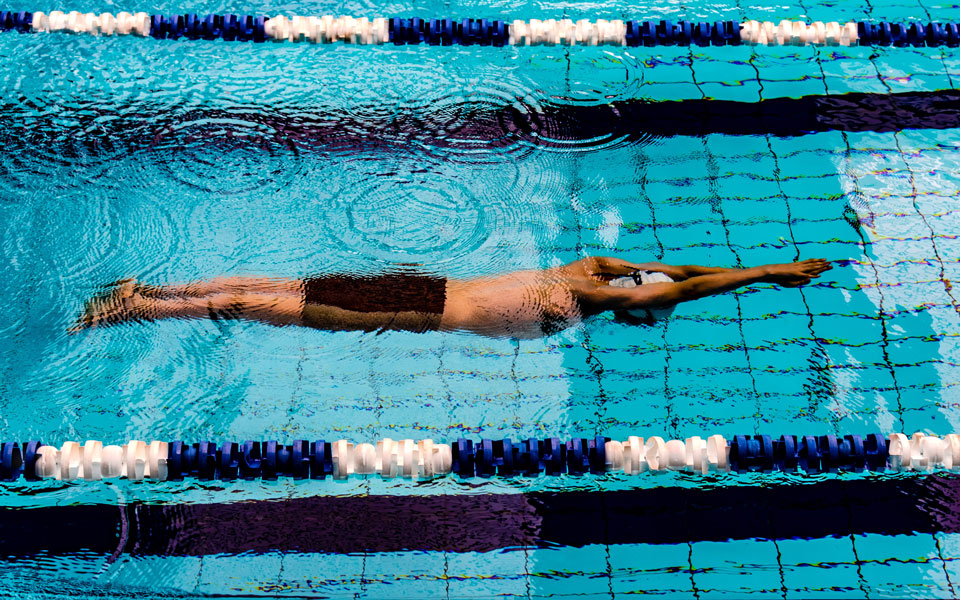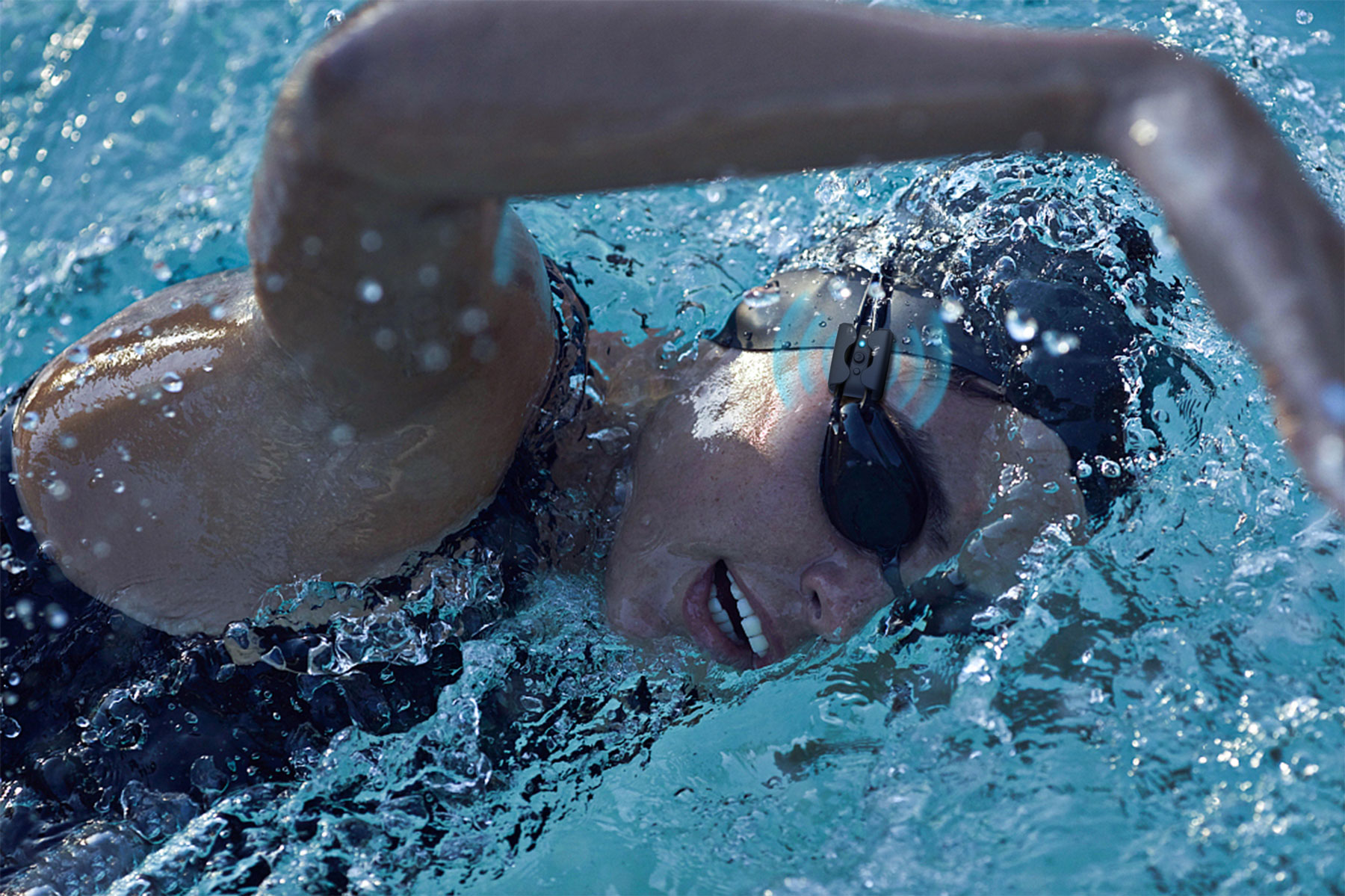In training such as running and cycling, heart rate is often used to define the intensity of exercise and formulate exercise plans. In swimming training, the monitoring of sports data is equally important.
The speed of the heartbeat reflects the blood demand of various organs or tissues in the body. When the exercise intensity increases, the heart needs to work harder to output more blood, and the corresponding heartbeat is faster.
In swimming training, low-load exercise intensity cannot achieve the effect of improving swimming ability; while long-term overload exercise intensity will cause excessive fatigue and even sports injuries.
Therefore, how to effectively control the training intensity when swimming is a key issue.

Underwater heart rate monitoring has previously been a challenge, with limited tools available to coaches and swimmers. There is no intuitive data to guide athletes' exercise intensity, which will lead to no improvement in exercise efficiency or face exercise risks. But now with the development of wearable technology, there are some smart devices that monitor the health of swimmers.
The XZ831 optical heart rate sensor is a device that can be used for underwater monitoring. The device is great for swimmers because it can be worn not only on the arm, but also directly on the strap of your goggle so the sensor sits against your temple to measure heart rate from the temporal artery. When swimming, because the arm movement will not interfere with the sensor, the data transmission speed will be greatly improved. As long as you focus on swimming, the real-time heart rate and other data will be directly presented to the connected display device.
By using the XZ831 heart rate monitor to record the swimmers' training process and using the team system to analyze the data, the athletes can see their real-time heart rate and the current exercise intensity zone. With these data, the coach can instruct multiple students at the same time, and supervise and adjust the training plan in time. Or the athletes themselves, can adjust their exercise state to prevent excessive fatigue.

Using heart rate training has a significant effect on performance improvement. Through heart rate control training, the exercise intensity can be kept within a reasonable range to a greater extent, thereby improving the response efficiency of game training; secondly, heart rate training allows the coach to understand the real-time status of the students participating in the training, and the coach can use the real-time status of the athletes Make adjustments to the training content to limit the prevention of excessive fatigue and reduce the phenomenon of athletes being lazy.
Of course, heart rate monitoring is not only used for professional swimmers. Swimmers can also use heart rate to guide their swimming training. Swimming is also a fast fat-burning exercise. If you keep swimming in a planned way, you will get a healthy body . Whether you use a swimming heart rate monitoring device or an old-fashioned logbook, there's one cool thing about keeping a log of your workouts and seeing your progress in person. Those moments when you're able to swim faster while maintaining a lower heart rate than last time give you that crucial boost of confidence and motivation.

If you like swimming and want to swim faster, you can try this underwater heart rate monitoring device, it can make you swim fast and safe!
Post time: May-26-2023







